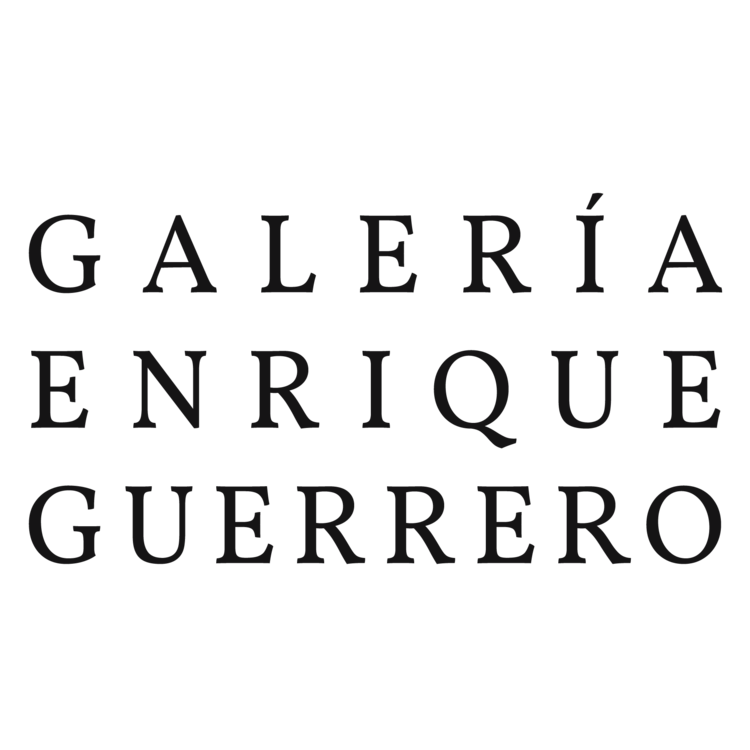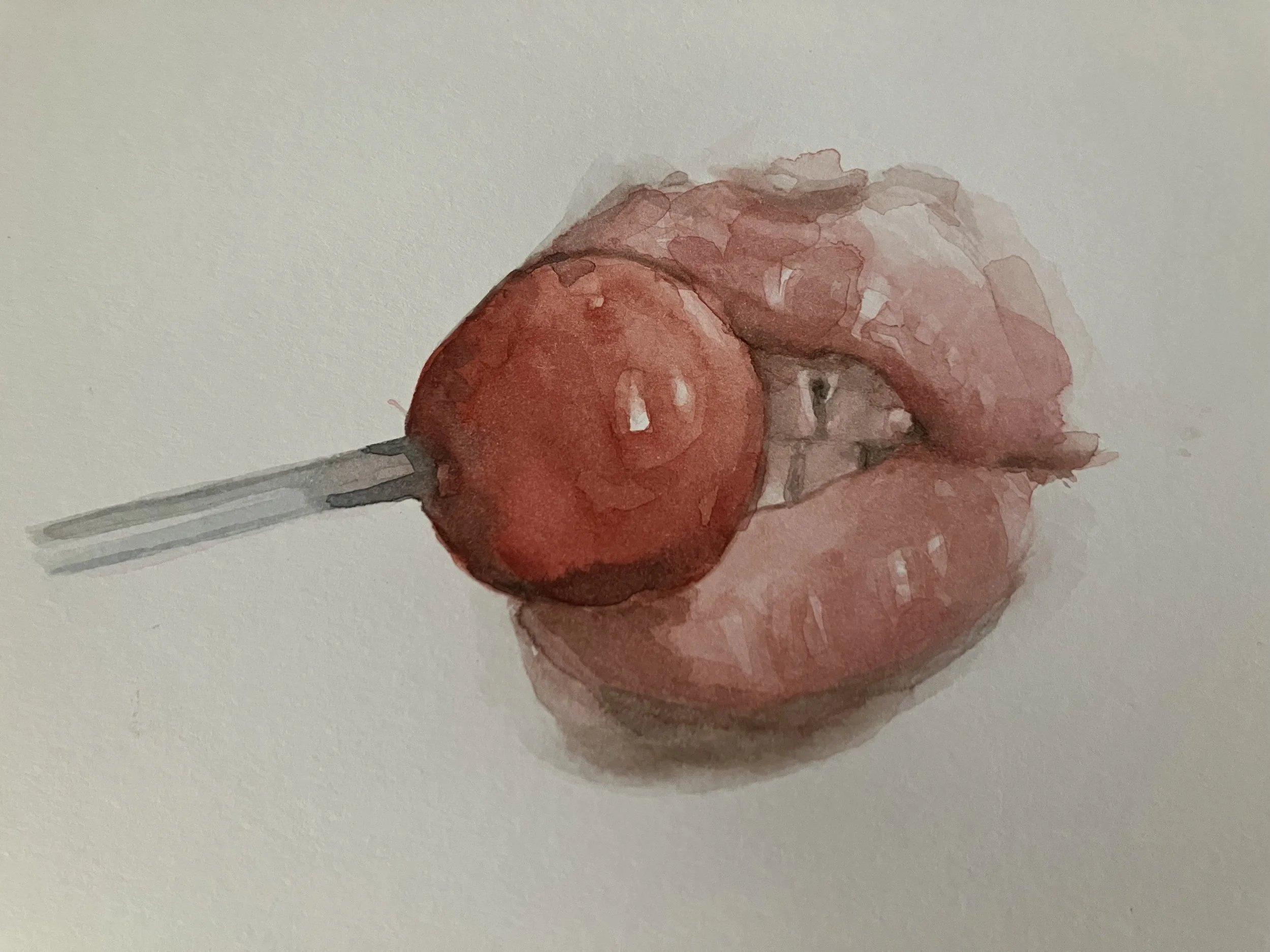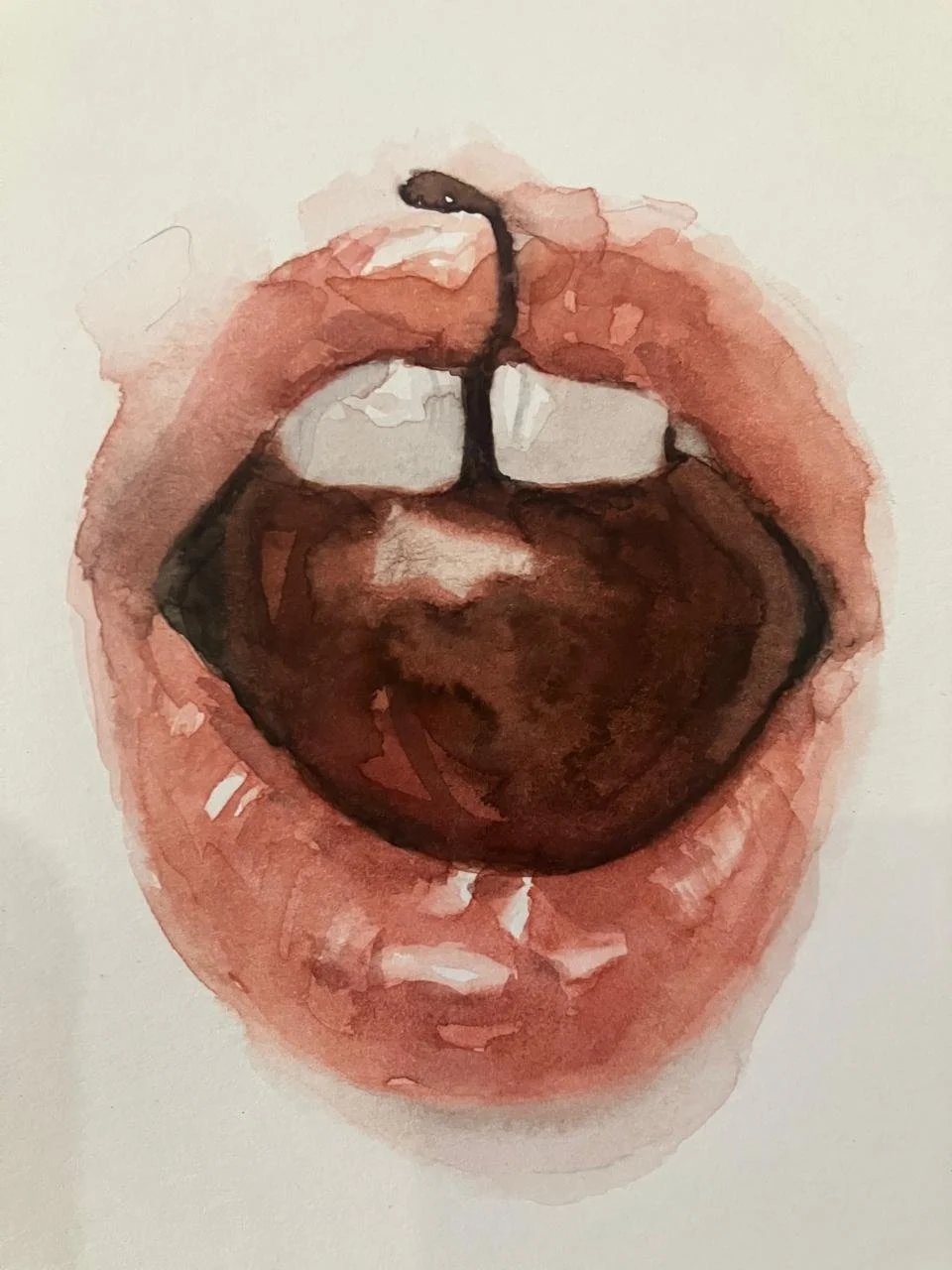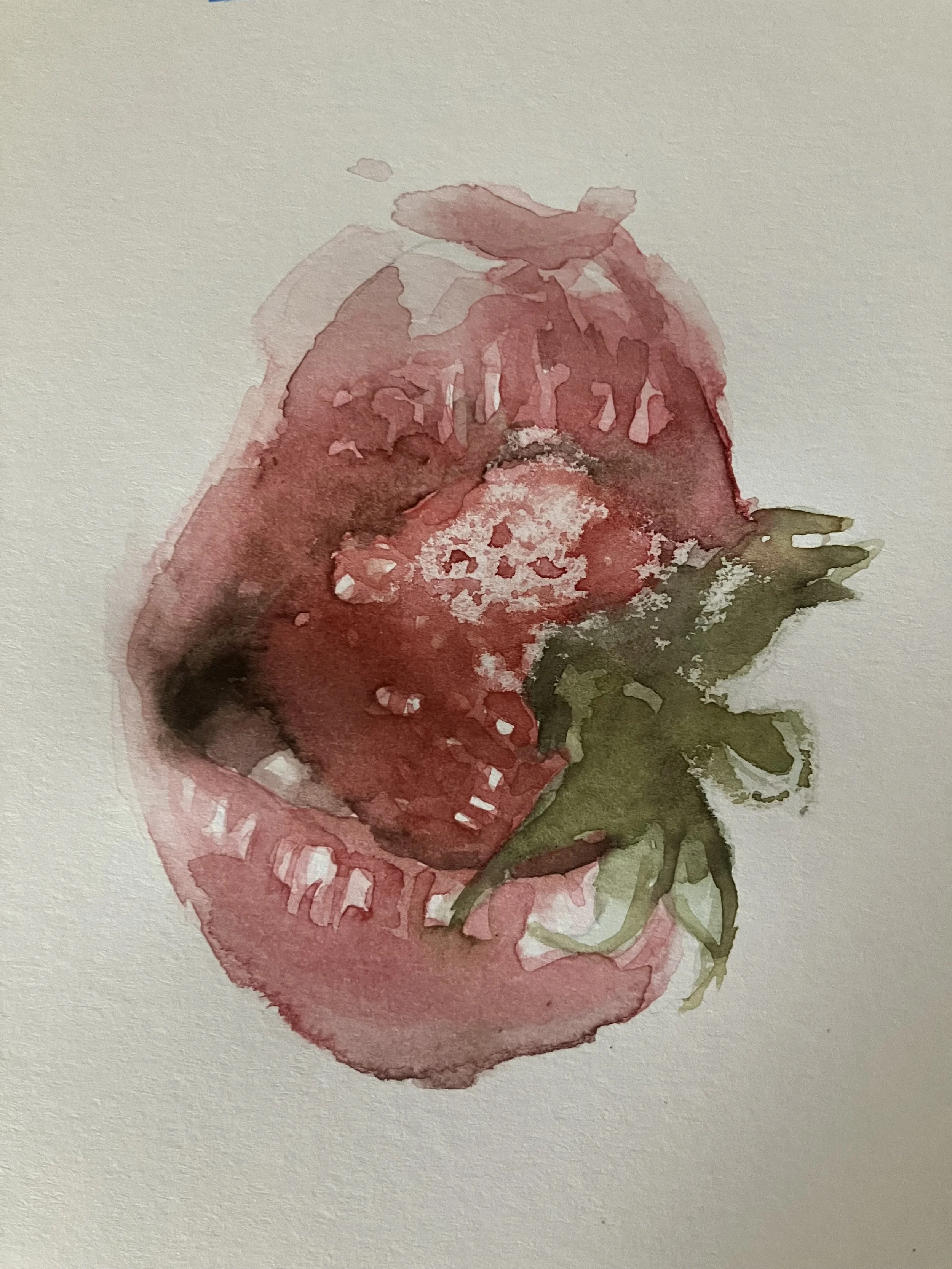ANNIE FLORES
Mexico, 1993
A notion that allows to diagram the artistic proposal of Annie Flores is in the concept of porosity, and it is fair to say concept, and not category, because her affinity is in blurring, overflowing the rigid limits that remain to the silhouette, to the edge and to the finitude, characteristic of every category.
We can say that porosity is a concept that, being coherent with its conception, dissolves, becomes irradiated, disintegrates and contaminates. A concept that becomes present in its capacity to filter and retain other concepts, other sensations and materialities. And concept, but not idea, since the concept refers to bodies, ephemeral, but bodies, that vanish in forms, and that express themselves ambiguously.
Porosity starts from materiality, from corporeality. The filtration of certain matter over another and at the same time its partial containment, the residual, a complex relationship between what flows and what remains. Porosity allows for ruin, therein lies its mystery, the trace of what has escaped, the memory of what is not there. Hence, Flores' obsessions: desire, the gaze that wanders and the tireless question of memory.
There the erotic, the landscape and melancholy intersect. There also the water, the stain and the paper as expressive objects and not only as means. Subjects that express themselves, expose their seduction, their stories and their multiple presences. Desire, gaze and memory are displaced conceptions, in constant movement, driven away, and yet something of them remains, they leave their mark.
Flores' work is born with indefinition and against the exogenous arbitrariness of categorical hierarchies, which is why it cannot be reduced to the erotic, the landscape or the mnemonic. Paradoxically, that which is exhibited is veiled. The caress that at the moment of being present escapes us, the look that cannot apprehend anything and is in expectation and the memory that is only possible inexactly.
The work of Annie Flores expresses the intimate relationship between transparency and the aqueous; the humid and the crystalline. The skin of the paper that receives the body of pigmented water. The stain, the stain, stars the indeterminacy and yet is born body, temperature, smell and texture. The pigment blurred, disintegrated, scattered over the surface and turned stain, turned body, permeates the paper, seduces it, but also escapes, pours volatile, almost about to be extinguished. The bodies are presented as landscapes; traces of foreign gazes, that in a blink of an eye, what is contained overflows, like someone who stalks, who looks waiting for something.
























